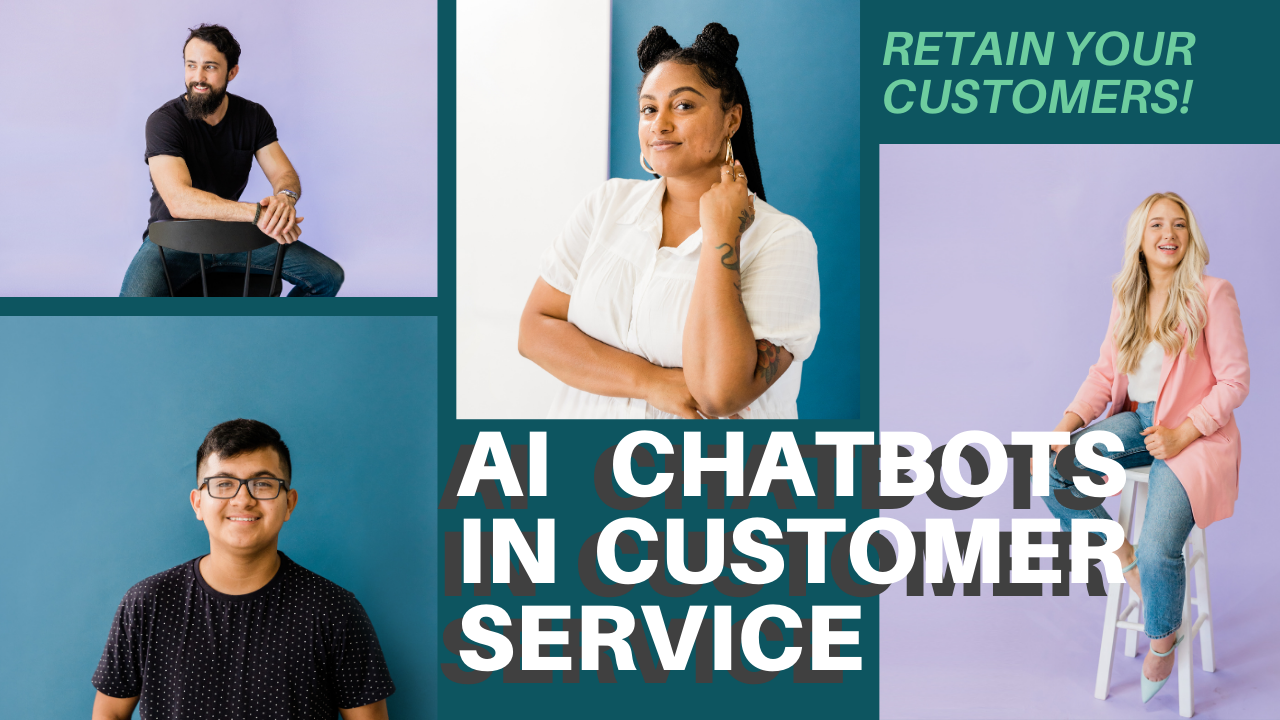- By - Gaurav Masand
- Posted on
- Posted in AI, Bard, ChatBOT, ChatGPT, Google, openai, technology
- 1 Comment
The Rise of AI-Powered Chatbots in Customer Service
Introduction:
In today’s digital age, businesses strive to improve customer service and save money. AI-powered chatbots have become a popular solution because they can provide constant customer support, reduce wait times, and simplify interactions. This blog post will discuss the advantages and disadvantages of using chatbots in customer service, the different types of chatbots, and share examples of companies that have successfully integrated chatbots into their customer service strategies without plagiarizing.
Benefits of Using Chatbots in Customer Service:
One of the primary benefits of using chatbots is that they can provide 24/7 customer support. This means that customers can get assistance at any time of day or night, which can be especially useful for businesses with customers in different time zones. Chatbots can also handle a high volume of customer inquiries at once, which can reduce wait times and improve customer satisfaction. Additionally, chatbots can provide personalized recommendations and assistance to customers based on their previous interactions and purchase history, which can help businesses build stronger relationships with their customers.
Another key benefit of using chatbots is that they can reduce costs for businesses. Hiring and training customer service representatives can be expensive, and chatbots can help automate many of the routine tasks that customer service representatives perform. By reducing the need for human representatives, businesses can save money while still providing high-quality customer service.
Drawbacks of Using Chatbots in Customer Service:
While there are many benefits to using chatbots in customer service, there are also some drawbacks. For example, chatbots may not be able to handle complex or nuanced customer inquiries, which can frustrate customers and lead to a negative customer experience. Additionally, some customers may prefer speaking to a human representative, and the use of chatbots may make them feel like their needs are not being taken seriously.
Another potential drawback of using chatbots is that they require significant resources to develop and maintain. AI-powered chatbots, in particular, require a lot of data and machine learning algorithms to become effective. This can be time-consuming and costly for businesses, and may not be feasible for smaller businesses or those with limited resources.
Types of Chatbots:
There are two main types of chatbots: rule-based and AI-powered. Rule-based chatbots use a set of predetermined rules to respond to customer inquiries, while AI-powered chatbots use machine learning algorithms to analyze customer inquiries and learn how to respond over time. AI-powered chatbots are more advanced and can provide more personalized assistance to customers, but they also require more time and resources to develop and train.
Rule-based chatbots are simpler and less expensive to develop, but they may not be as effective as AI-powered chatbots in handling complex customer inquiries. Rule-based chatbots are best suited for handling simple customer inquiries, such as providing basic product information or answering frequently asked questions.
Examples of Companies Using Chatbots in Customer Service:
Many companies have successfully implemented chatbots in their customer service strategies. For example, H&M uses a chatbot to provide personalized fashion recommendations to customers, while Capital One uses a chatbot to help customers manage their finances. The cosmetics company Sephora uses a chatbot to provide makeup tutorials and product recommendations to customers. These examples demonstrate the versatility and effectiveness of chatbots in a variety of industries.
Another example of a company using chatbots in customer service is Autodesk, a software company that provides design software to businesses. Autodesk’s chatbot, Ava, provides customer support for their software products. Ava is an AI-powered chatbot that uses natural language processing and machine learning algorithms to understand customer inquiries and provide relevant information and assistance.
Conclusion:
In conclusion, the rise of AI-powered chatbots in customer service has revolutionized the way businesses interact with their customers. While there are some drawbacks to using chatbots, the benefits are undeniable, including 24/7 support, personalized assistance, and improved customer satisfaction. As technology continues to advance, we can expect chatbots to become even more advanced and widely used in customer service.



registre-se na binance
Thanks for sharing. I read many of your blog posts, cool, your blog is very good.